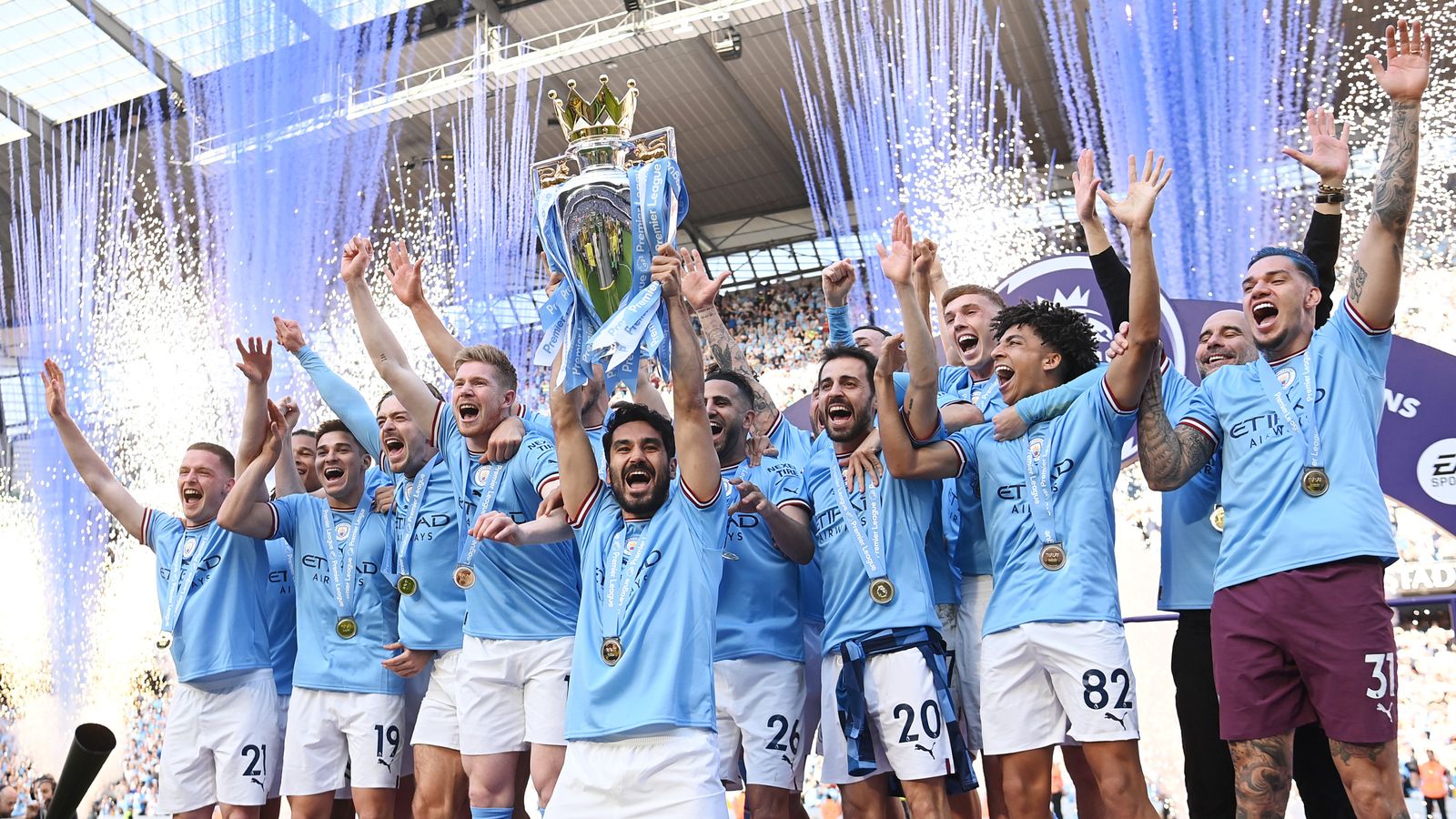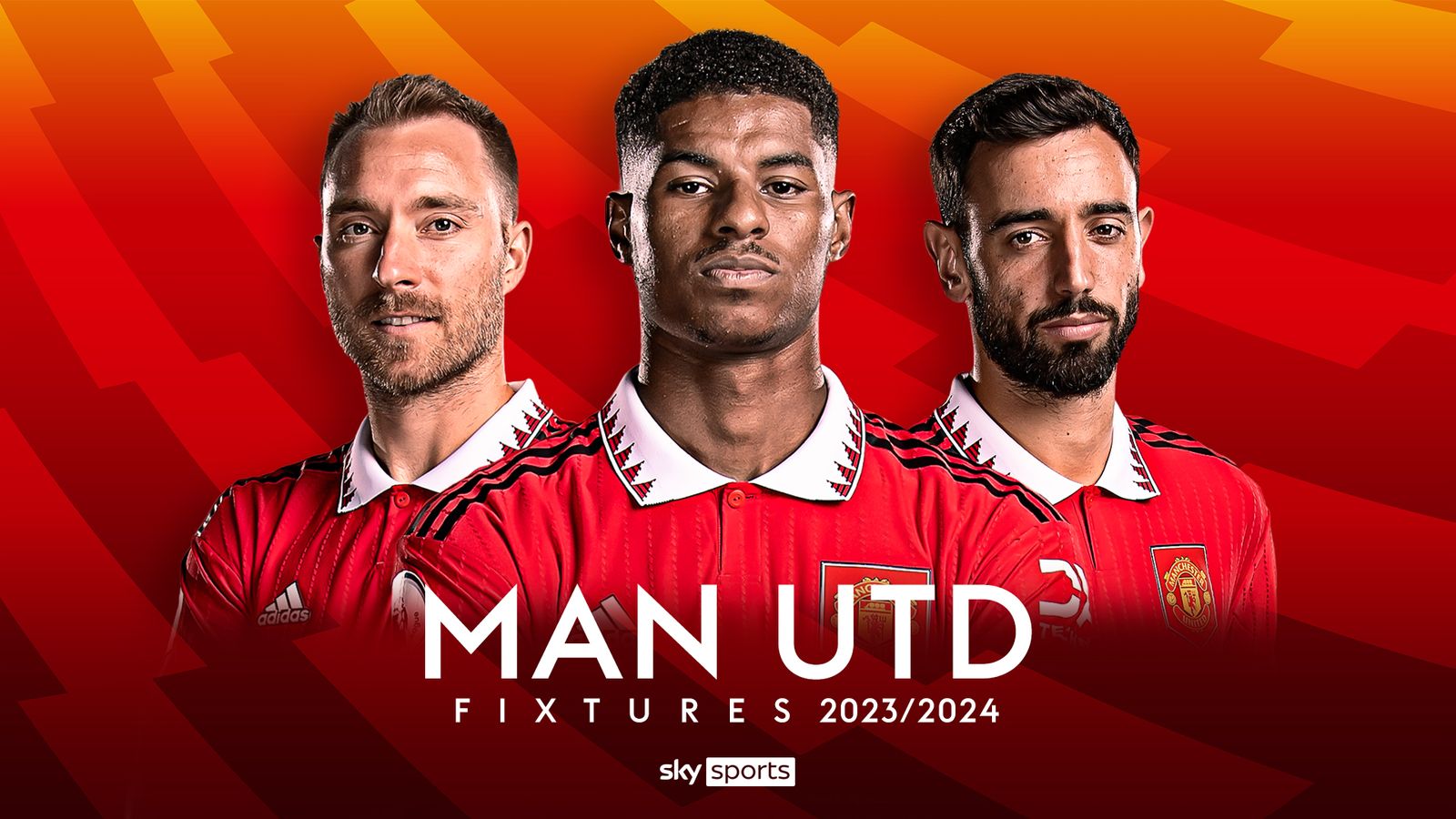
Inside the Premier League: Unveiling the Dominance of Gambling Brands Despite the Imminent Sponsorship Ban

Despite an upcoming sponsorship ban on gambling brands advertising on football shirts, Premier League teams still heavily rely on such sponsors The prevalence of gambling companies as front-of-shirt sponsors remains a concern in football
Source: MDI / Shutterstock.com
Despite upcoming regulations that will prohibit gambling companies from advertising on football shirts, gambling remains the predominant sponsor on the front of these jerseys.
According to partnerships agency Caytoo's analysis of sponsorship, when the new Premier League football season commences this weekend, around one-third (seven) of clubs will display a gambling brand on their shirts. This represents a decrease of just one compared to last year, despite Premier League clubs agreeing to remove gambling companies from shirt sponsorships after the 2025-26 season. Caytoo estimates that the remaining seven clubs stand to lose approximately £35-50 million per year due to this decision. Additionally, the EFL, the governing body of the rest of the football league, sponsored by Sky Bet, has expressed that a ban would result in a cost of about £40 million per year for its clubs.
Alex Burmaster, head of research and analysis at Caytoo, acknowledges that not all football clubs are adequately preparing for the upcoming challenges they will face. In our experience, the majority tend to delay finding sponsors for significant items until later than they should. However, with the advanced notice given in this case, there should be no excuse.
Research analyzing 225 clubs across football, rugby union, rugby league, and cricket (both men's and women's) reveals that industrial companies (manufacturing, engineering, construction) are the most common front-of-shirt sponsors, making up 14.5% (or 1 in every 7) of sponsors. This represents a 10% increase from last year and a 60% increase over the past four years.
In cricket and rugby, the industrial sector is the most commonly represented. However, football is predominantly led by consumer services, primarily due to the presence of gambling firms.
Among all sports, the sectors most commonly seen are customer services (12.7%), travel and tourism (9.1%), professional services (8.6%), and retail/ecommerce (8.2%). Popular sub-sectors include gambling (9.1%), manufacturing/engineering (6.8%), construction (6.4%), auto retail (4.5%), and logistics (4.5%).
The travel and tourism and food and drink sectors witnessed the highest growth in new deals, both increasing by 4. On the other hand, the automotive sector experienced the largest decline, with deals falling by 7.
In terms of sponsorship in sports, the research analyzed the disparity between men's and women's sport. It revealed that travel and tourism were the leading sponsors of women's teams, contributing to 15.8% of the deals. Conversely, the automotive industry significantly reduced its involvement, decreasing from 5 deals to just 1 with the Worcester Warriors women's team.
57% of all deals in the information technology sector are dedicated to supporting women's sports. On the other hand, sectors like real estate, utilities, health and wellbeing, education, and telecoms solely focus on supporting men's teams without any allocation for women's teams.
Based on these findings, Caytoo acknowledges that women's sports are currently experiencing higher exposure and receiving greater support. However, there is still a need for further efforts to ensure that this support translates to domestic teams beyond just major global events.














